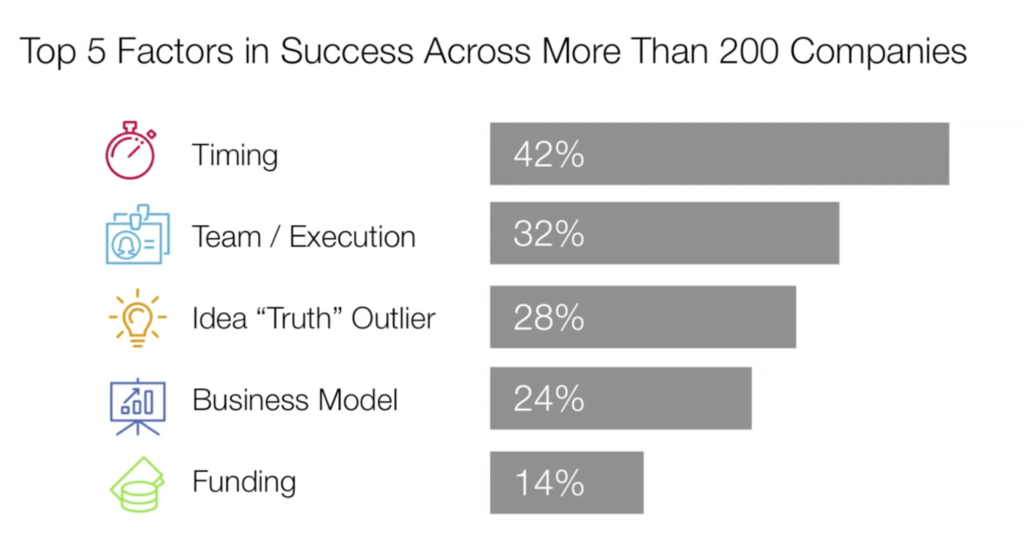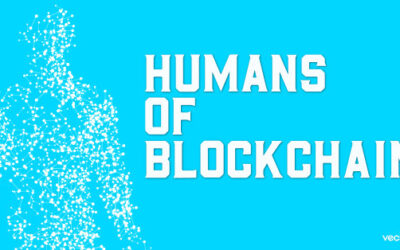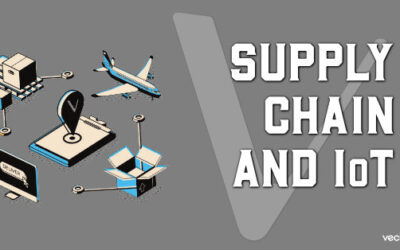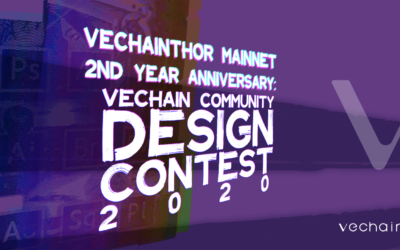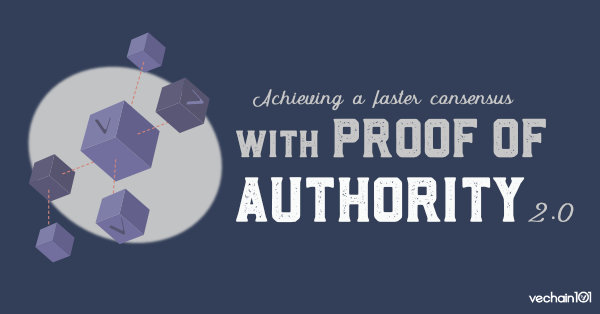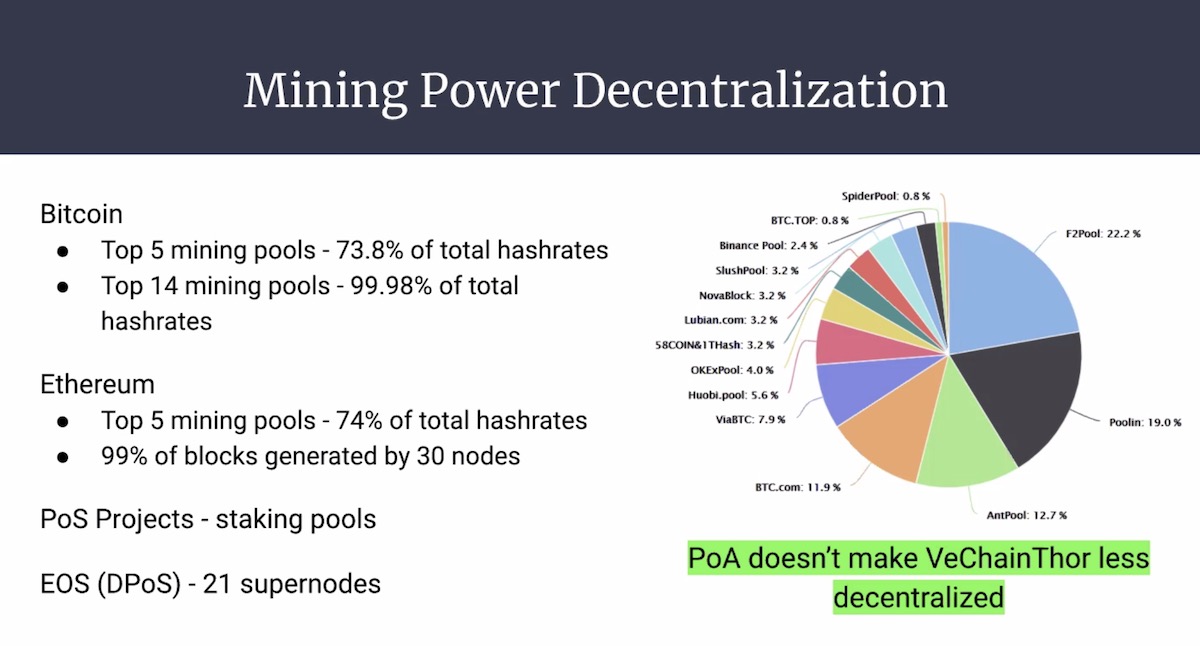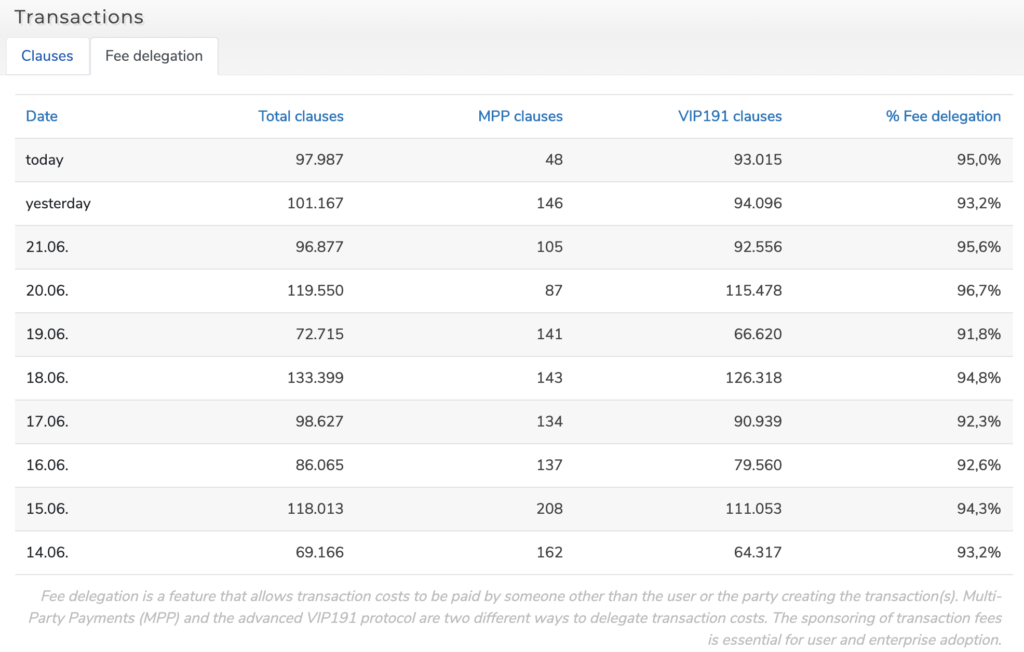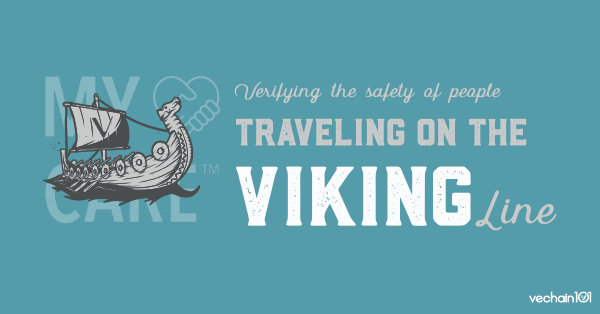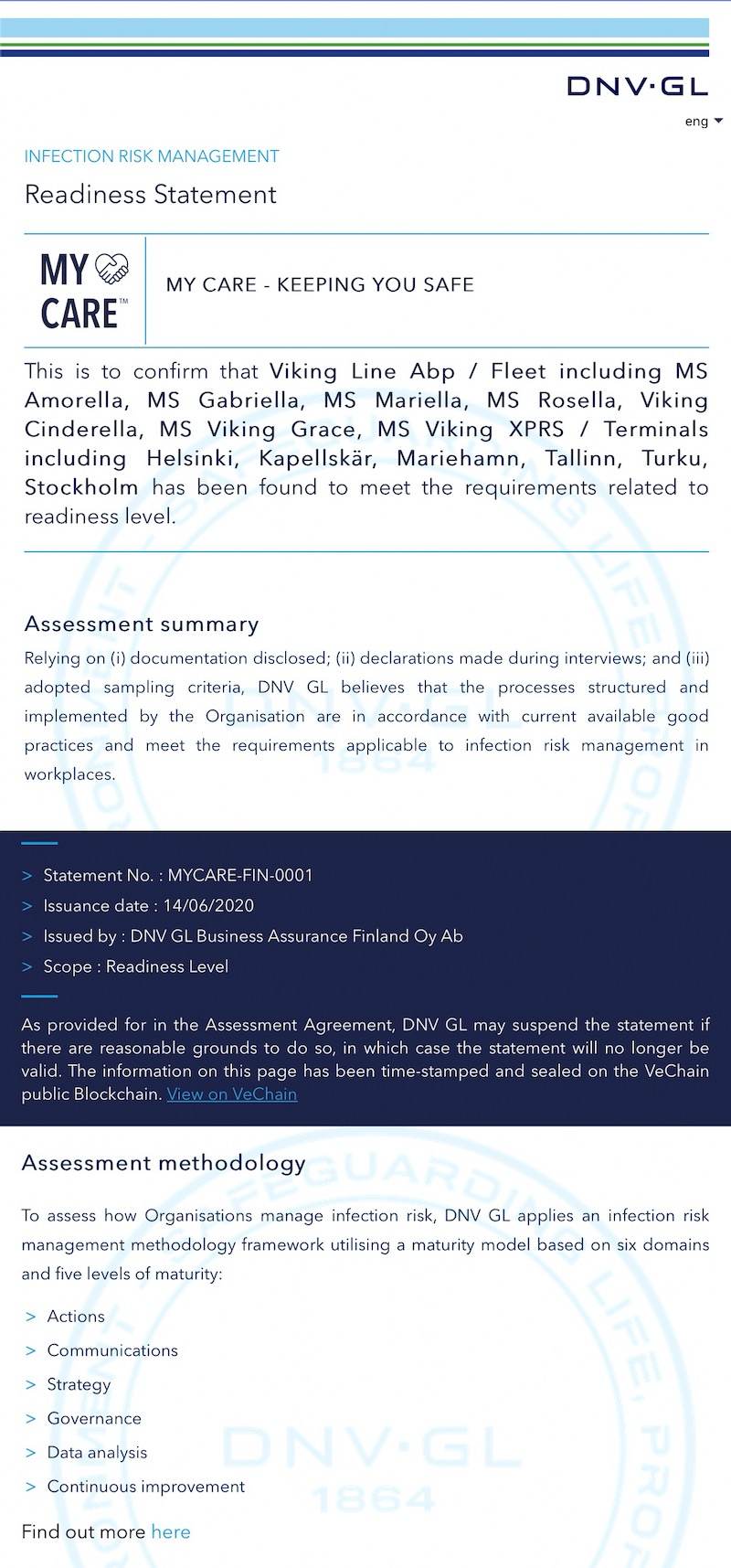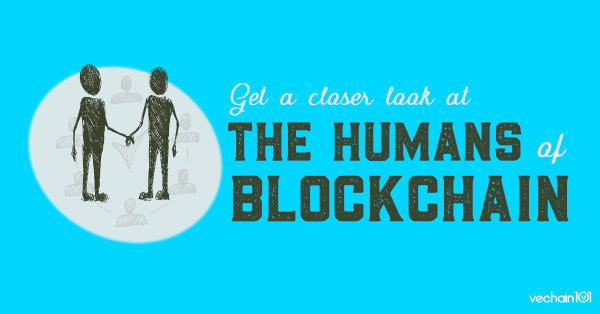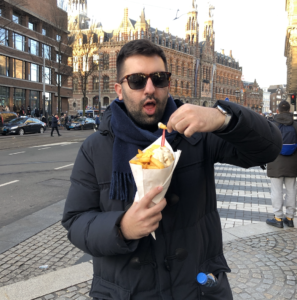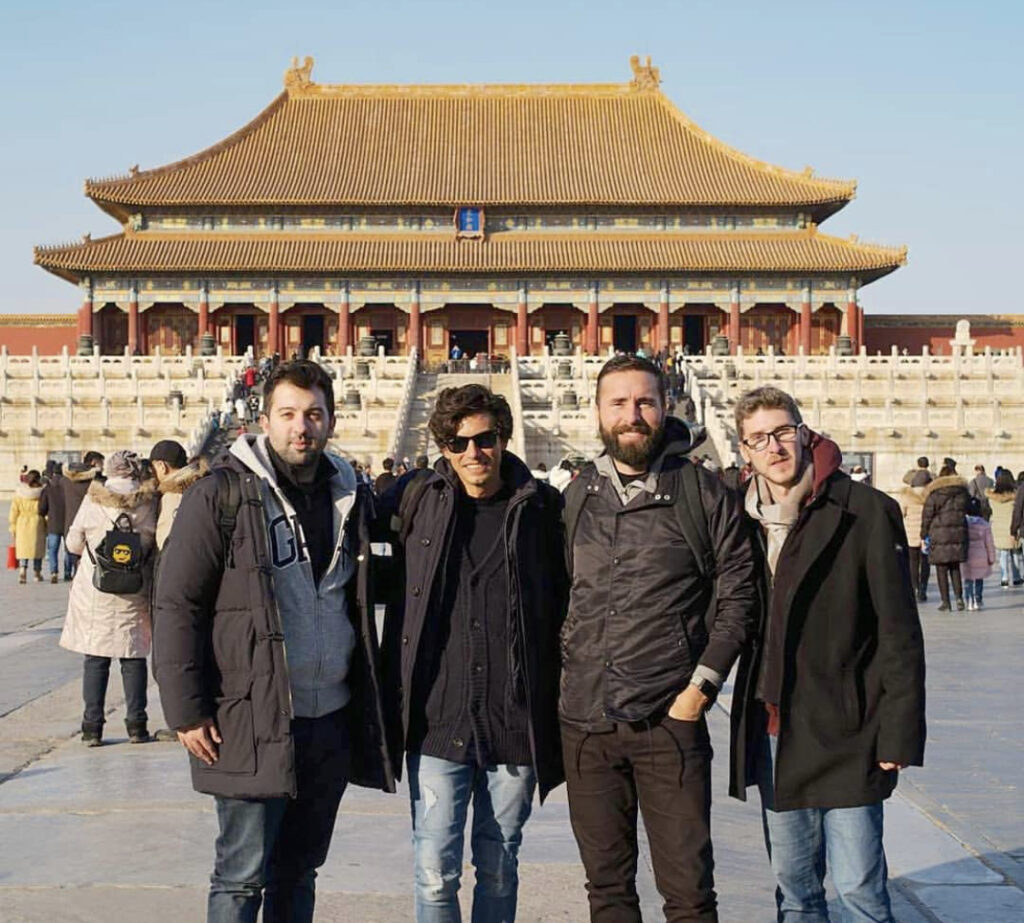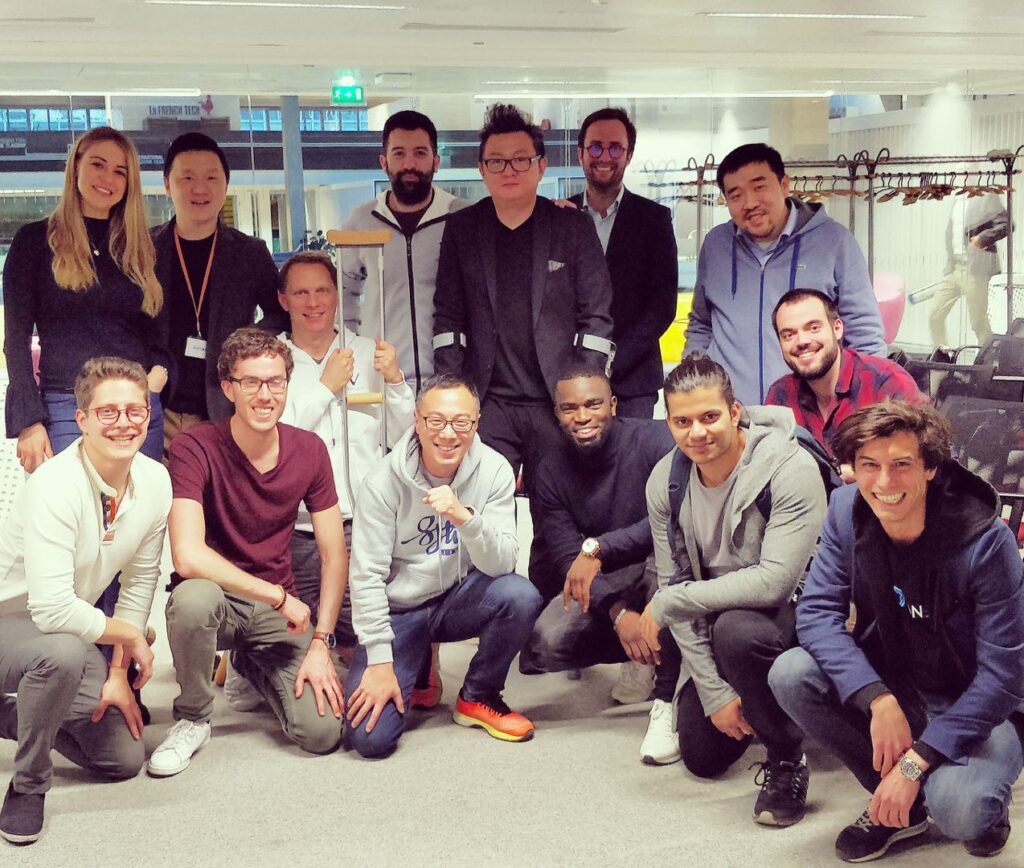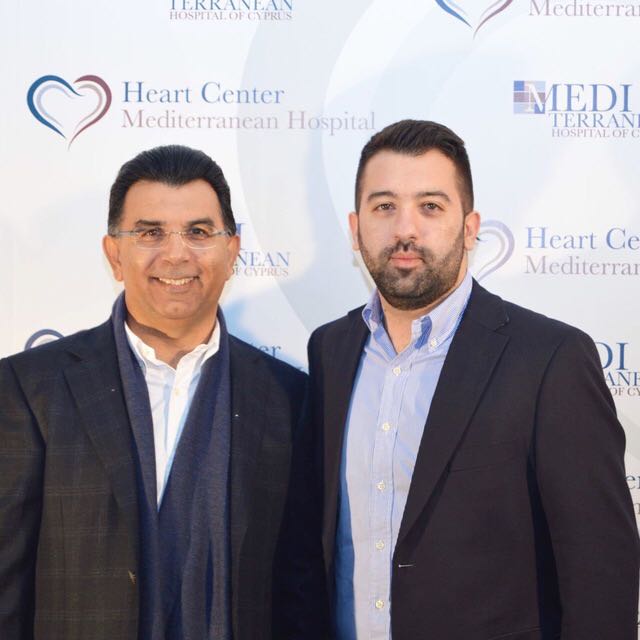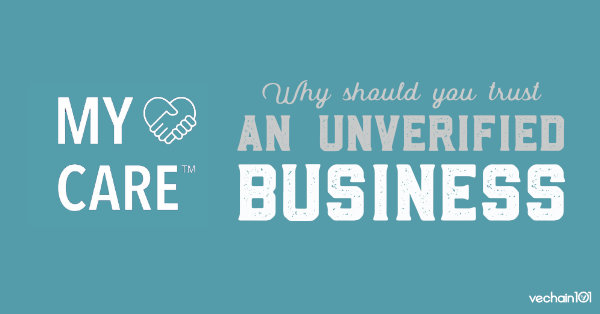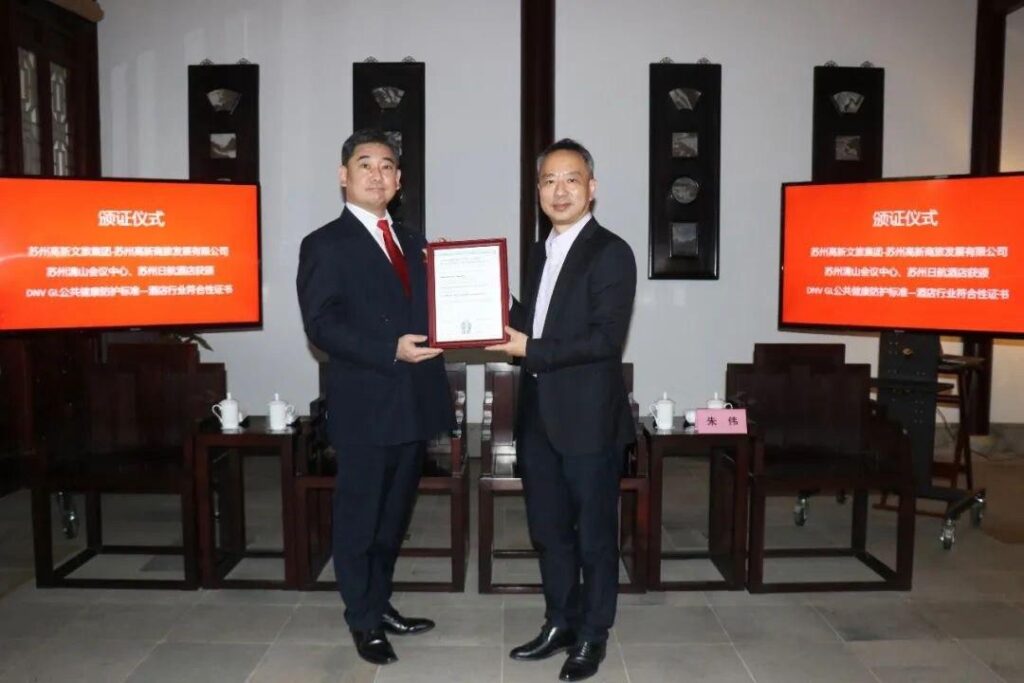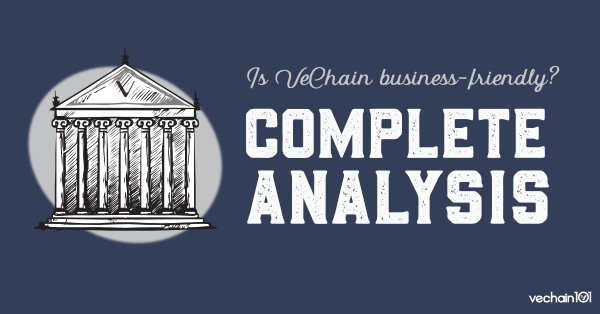
How business-friendly is VeChain? A PESTLE analysis of VeChain’s ecosystem
With increasing interest in enterprise blockchain applications, in this article we analyze some of the factors that companies might use to examine the VeChain ecosystem.
A PESTLE analysis is an acronym for a tool used to identify the external forces impacting an organization so that investors or stakeholders can make a thorough assessment. The six categories are listed below, click the boxes to expand or collapse them:
Political
While complete regulatory frameworks are yet to be established, many countries have started to embrace blockchain technology. The European Commission has recognized blockchain’s “potential to bring great improvements to the European industry and citizens” and countries such as China, India and Australia consider it a key strategic technology to develop in the coming years.
VeChain has had remarkable success in multiple regions, as listed below:
- Been recognized as a suitable smart supply chain management system by the Bundesamt für Sicherheit in der Informationstechnik (German Federal Office for Information Security)
- Signed a Memorandum of Understanding with Invest Cyprus – the investment authority of the Government of Cyprus
- Signed a Memorandum of Understanding with San Marino Innovation – the Institute for Innovation of the Republic of San Marino
- Become a founding member of the APAC Provenance Council (which includes Blockchain Australia – an industry body that helps shape Australian government and regulatory policy)
- Been approved as an authorized blockchain project by the Cyberspace Administration of China
- Become a founding member of the Belt and Road Initiative Blockchain Alliance (BRIBA) – a consortium that will provide blockchain support for projects and infrastructures of the Belt and Road Initiative (a global development strategy adopted by China that involves 136 countries and more than 30 international organizations across Asia, Europe, the Middle East and parts of Africa)
Economical
For enterprises to adopt new projects, they need to be able to manage risks and see economic value. VeChain’s ecosystem provides business with:
- Stable, consistent and predictable transaction fees thanks to its VET/VTHO dual-token system
- Lower implementation and operating costs – potentially saving expensive dApp development costs thanks to ready-to-use solutions such as ToolChain, MyStory, E-NewHealthLife, StoryBird, FoodGates, NiBchain, etc.
- Ability to pay for and/or sponsor blockchain usage fees in local currencies thanks to feed delegation systems such as the Multi-Party Payment and VIP191 protocols or ToolChain Credits
- Ability to bundle multiple clauses into one transaction through VeChain’s Multi-Task Transactions feature – which provides flexibility, better performance and cheaper operational costs
- Financial support (such as the Foundation Grant) to develop projects that can benefit the VeChain ecosystem
- For supply chain use cases, companies such as Fresh Supply Co and Producers Market are also developing credit and trade finance solutions that offer suppliers with more attractive payment and insurance terms for products that are tracked on the VeChainThor blockchain
- Store of value and potentially free transaction costs by holding VET and generating VTHO
As a side note, earlier this year, Goldman Sachs stated that “cryptocurrencies including Bitcoin are not an asset class” as they “do not generate cash flows like bonds” or “any earnings through exposure to global economic growth”. However, this is not the case with VET. The generation of VTHO from holding VET can be considered as “dividend” payments and under a growing global economy, demand for VeChain powered solutions will increase; rising the intrinsic value of VTHO and VET.
Social
COVID-19 has pushed businesses to accelerate their digital transformation plans and encouraged consumers to demand more transparent, sustainable and safer services and products. Changes in social behaviour and consumer trust have become a challenge for businesses.
The blockchain’s decentralized nature lends well to ecosystem and social network building, where users can have the option to own and manage their own data, identity, and assets. With VeChain, businesses can:
- Receive industry expertise from strategic partners – such as PwC, DNV GL or Deloitte – to assess how to best integrate blockchain into their operations
- Benefit from advisory services and research reports provided by Cointelegraph Consulting, the largest independent blockchain media platform
- Obtain 3rd party audits and certifications from accredited registrars to proof and validate product/service quality standards (eg with My Care public facing companies can demonstrate having appropriate infection risk management processes in place and gain consumer trust)
- Connect and receive direct support from VeChain Foundation developers to troubleshoot technical issues
- Influence key network strategic and development decisions as a stakeholder – thanks to VeChain’s unique governance and VeVote
- Benefit from a strong and engaged community that actively supports the growth of the ecosystem and continuously expands its awareness
Technological
As a business-centric blockchain, VeChain’s technological achievements include:
- Ability to readily combine blockchain with IoT devices to track and trace, authenticate and monitor the quality of products along the supply chain; helping companies to improve operational efficiency and regain consumer trust. For example, VeChain and Avery Dennison are working together to integrate “Avery Dennison’s smart label products and solutions with VeChain ToolChain“.
- Ability to deploy blockchain solutions with little to no coding knowledge thanks to friendly BaaS solutions such as ToolChain (e.g. enterprises in the food sector can immediately benefit from VeChain’s market ready blockchain food safety solution.
- Fee delegation systems that remove the need to manage cryptocurrencies and simplify customer onboarding
- Easy integration with popular platforms such as Shopify, WooCommerce/WordPress or HubSpot thanks to solutions developed by companies like Real Items
- Ability for end users to intuitively interact with the blockchain via smart tags such as NFC, RFID or QR codes
- High performance, predictable block generation time (approx 10s) and fast network upgrades thanks to VeChainThor’s proof of authority consensus mechanism
- Scalable and efficient bandwidth usage with PoA 2.0 – Surface
- Ability to use zero knowledge proofs, which removes the need to store sensitive information on-chain
- A deployment strategy to protect smart contracts from problems caused by undetected bugs
- EVM-parity allowing for simple application porting from other blockchains such as Ethereum
- Subsidies and bounty programs to encourage the development of network improvements and security patches from the community
- APIs and multi-language SDKs (Python, Java, Javascript, and C#) to make integration possible in third-party apps
- VeResearch – a global research grant program focused on innovative blockchain technologies and VeChain expansion that includes research partners such as the MIT Media Lab, Dartmouth and Oxford University.
- At least 45 patents across the world
With a team of developers, scientists, and partnered institutions, VeChain is able to continue improving the platform to add even more features that improve overall user experience and functionality.
Legal
- With its native fee delegation systems, users of VeChain powered applications do not need to deal cryptocurrencies and can therefore avoid associated regulatory concerns
- Due to the distributed and immutable nature of public blockchains, VeChain has security and privacy measures that allow businesses to be compliant with GDPR, ISO27001 standards and China Cybersecurity Law regulations when using VeChain powered solutions
- For supply chain uses cases, being able to track the location and condition of products on real time and verify the information through 3rd parties (eg DNV GL, PwC, Deloitte), can mitigate conflicts between stakeholders and simplify potential insurance claim processes
- Third-party project Jur is developing an entire legal vertical on the platform, including these secure purchase agreements.
Environmental
In addition to the environmental benefits from having more transparent supply chains and making companies more accountable of their actions, VeChain’s ecosystem has the advantage of:
- Being more energy efficient than other public blockchains – due to having a non-competitive PoA consensus mechanism that is currently limited to 101 authority nodes
- Product and process certifications can provide proof of ethical sourcing and best practices to customers
- Recycling can be incentivized using digital assets linked to products as in this project from DNP Group
- Product verification can build trust between consumers, donators, and conservation groups like The Ocean Cleanup
- Having a Digital Low Carbon Ecosystem (co-developed with DNV GL) that encourages consumers and enterprises to adopt more sustainable habits by incentivizing them with carbon credits that can be redeemed for benefits from other participating ecosystem partners (such as retailers or even financial services providers).
VeChain is recognized for being one of the most enterprise-friendly blockchains in the world, as evident from their top strategic partnerships with risk assessment firms like PwC (China & Singapore) and DNV GL. It provides developers with the infrastructure to build blockchain services that have similar user experiences as normal internet based applications; and with its ready-to-use sensors, smart tags and turn-key BaaS solutions, it lowers the barrier of entry to blockchain technology for businesses of all sizes.
According to a study by Bill Gross from Idealab, timing and team execution are the two most important factors for a project’s success. Timing is hard to predict, but gauging from the year-on-year consistent increase in enterprise adoption, VeChain is neither too early or too late. Additionally, with the increasing demand for blockchain applications, VeChain has solidified the Foundation with a steering committee and advisory board that include:
Jim Breyer – Founder and CEO of Breyer Capital
Sunny Lu – Former CIO and CTO of Louis Vuitton China
Renato Grottola – SVP, Global Head Digital Assurance and Supply Chain at DNV GL
Antonio Senatore – Global CTO, Deloitte Blockchain Team
CY Cheung – PwC Cybersecurity and Fintech Partner
George Kang – CEO, DNV GL Business Assurance Greater China
James Gong – Founder of LongHash Ventures (a global blockchain incubator supported by Enterprise Singapore)
It is our conclusion that VeChain is well positioned to help businesses succeed in the digital world.
Growth is currently driven by VeChain (both Foundation and company) and its strategic partners (including DNV GL, PwC China & Singapore, Fresh Supply Co, and CREAM). To accelerate the pace towards mass adoption however, it will be necessary to bring more organizations, developers and channel partners to expand the ecosystem and build new solutions on the public blockchain, especially in regions such as North America, Asia, Australia, and Europe.

